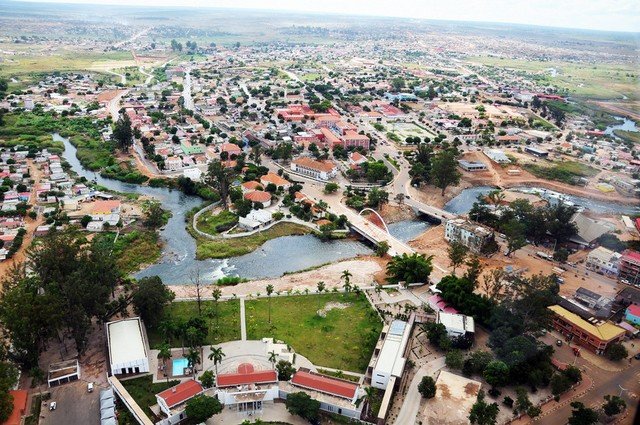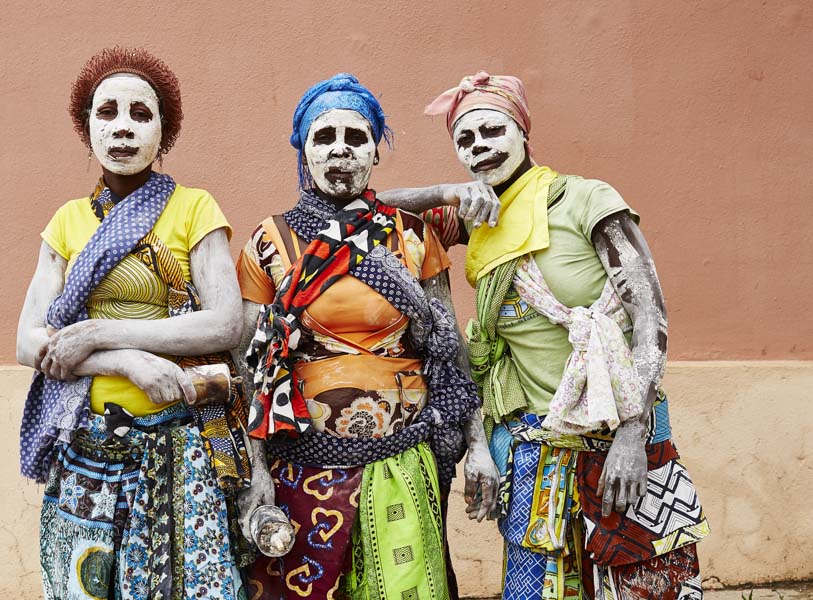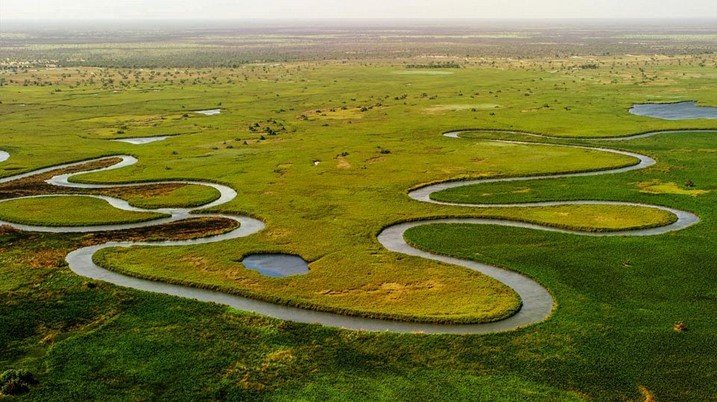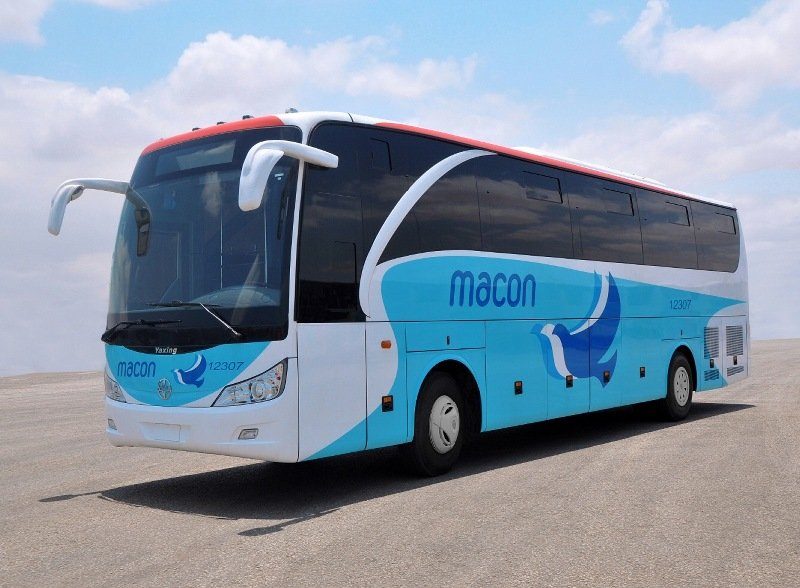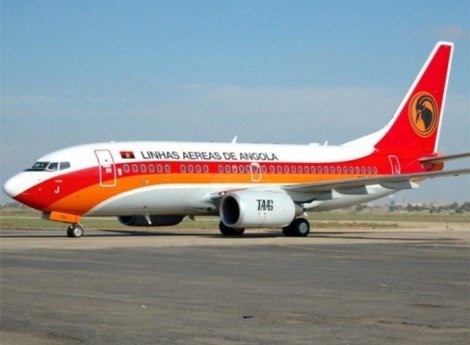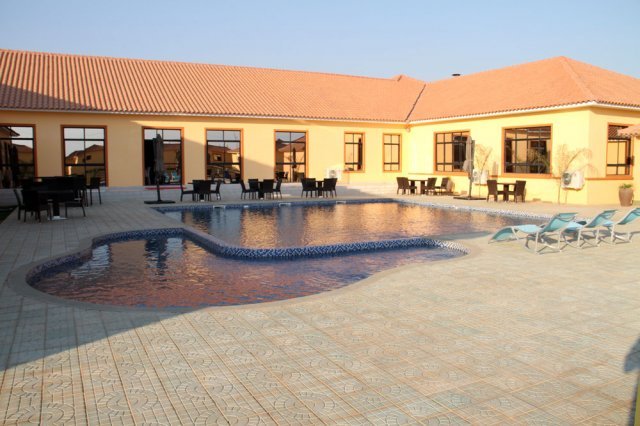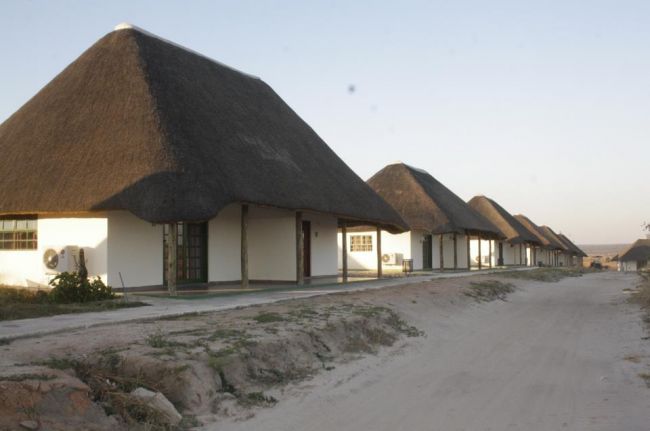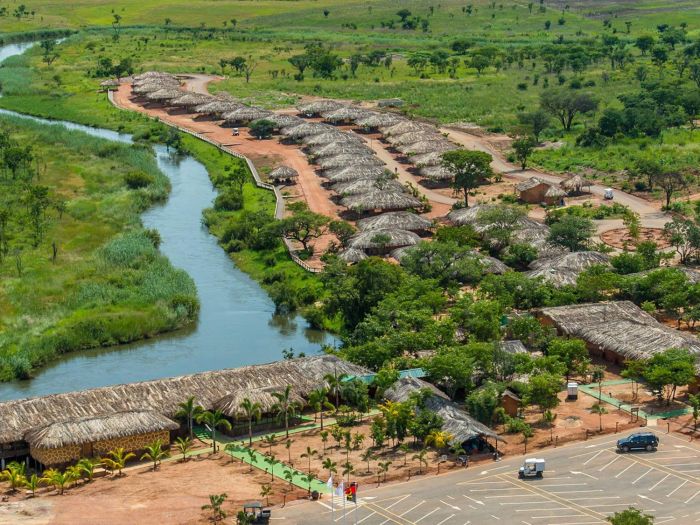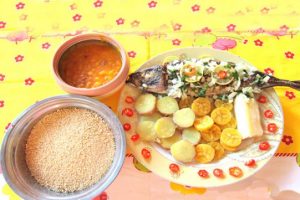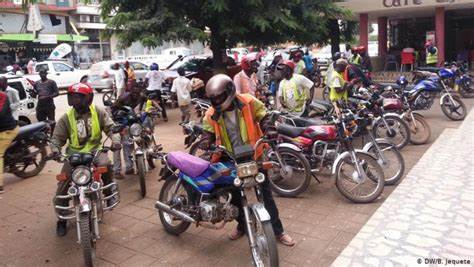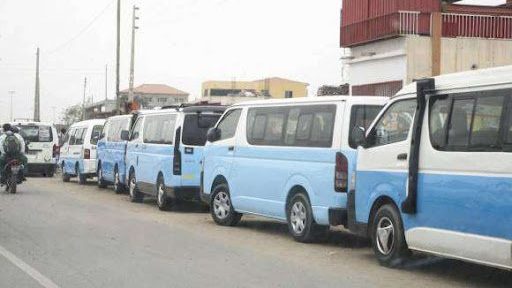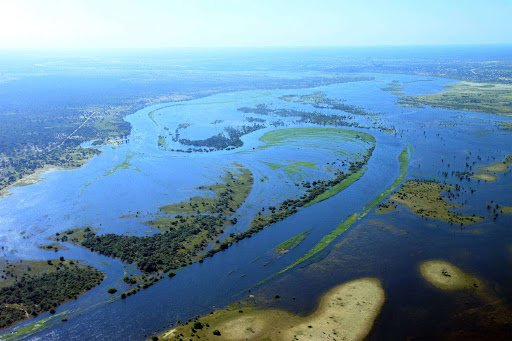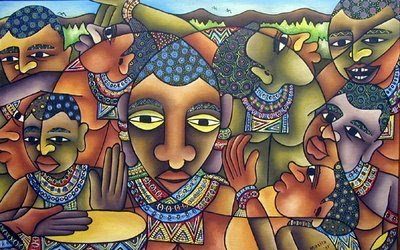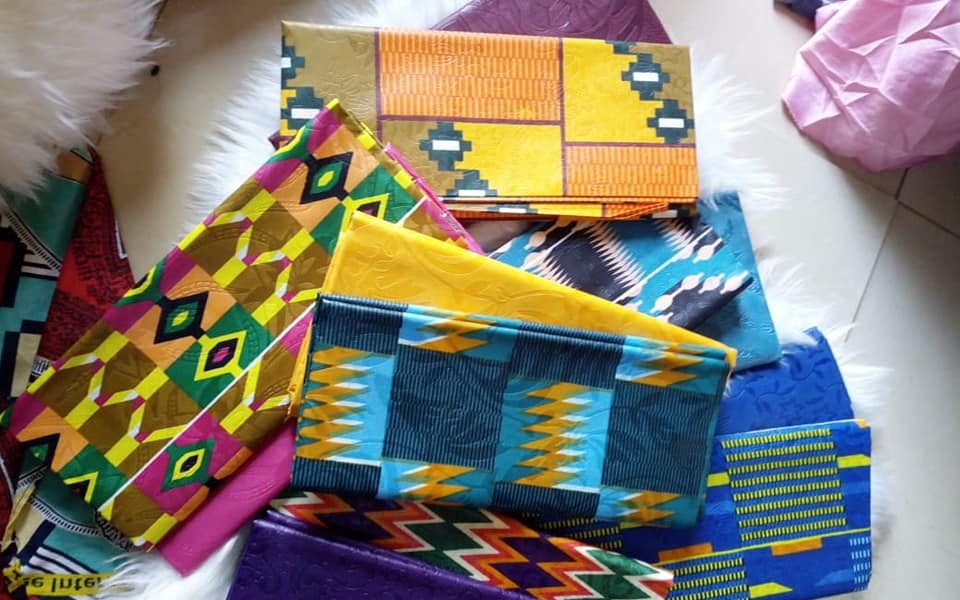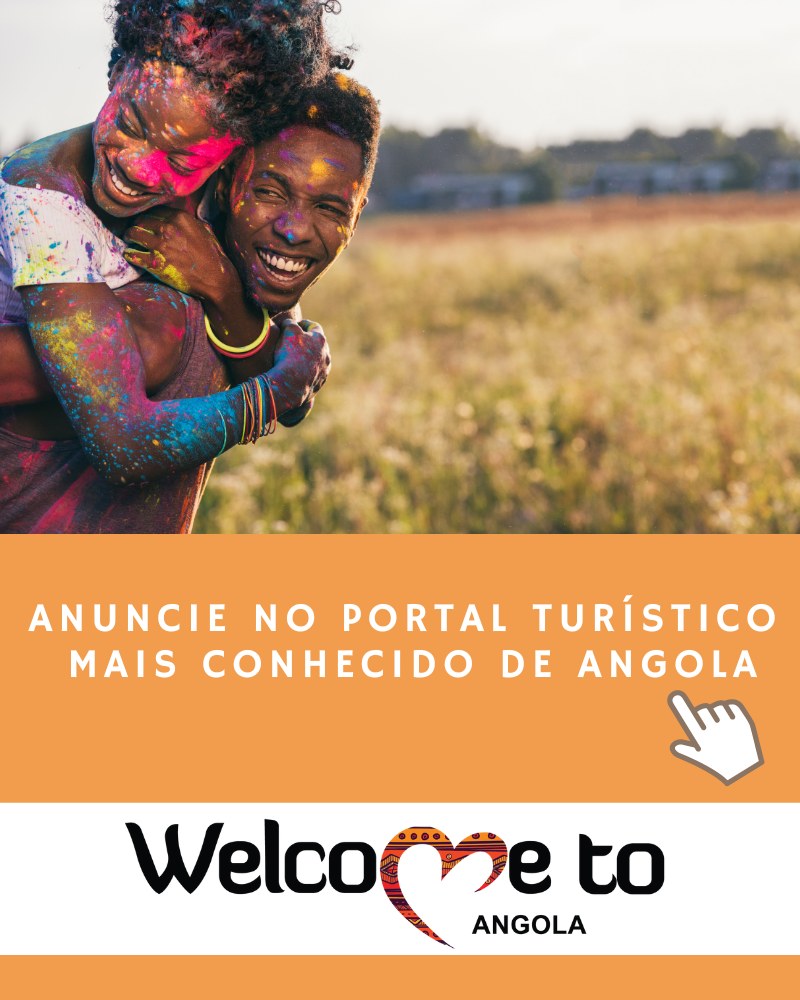- City of Menongue
History
Kuando Kubango province is one of the 18 provinces of Angola, located in the east of the country. Its capital is the city and municipality of Menongue. The name Kuando was given in honor of the Cuando river that rises in the Moxico province, as for the name Kubango, it was given in honor of the Cuando river that rises in the province of Huambo.
In 1920 Portugal decided to create the district of Kubango, only turning the village of Serpa Pinto into a village in 1921, a fact that would allow it to take on the status of district capital. In 1934 the district undergoes administrative changes, being extinguished.
On October 21, 1961, by Ministerial Legislative Decree No. 51, the district of Kuando-Kubango was recreated, establishing Serpa Pinto as its capital, which, on that same date, was elevated to the category of province.
Geographical and demographic data
- Total area - 199,049 Km2
- Population - 510,369
- Temperature – 20°C
- Climate - Altitude Tropical
- 9 Municipalities
It borders to the north by the provinces of Bié and Moxico, on the east by the Republic of Zambia, on the south by the Republic of Namibia and on the west by the provinces of cunene and Huila.
The provincial capital is the city of Menongue, which is 1,051 km from Luanda and 342 km from Kuito.
Counties
The province is divided into the following 9 municipalities: Calai, Cuangar, Cuchi, Cuito Cuanavale, Dirico, Mavinga, Menongue, Nancova, Rivungo.
Population
- TOUR IN THE PROVINCIA DO CUANDO CUBANGO NOVEMBER 09 - 12, 2014 PHOTO:VASCO CELIO/STILLS/EDICENTER
It has about 500 thousand inhabitants, being the least populated and occupying an area of 199,049 km². It is at an average altitude of 1,500m and fits into the plateau area, characterized by its flat terrain.
The most spoken language is N'Ganguela, followed by Tchokwé, and its population is mainly composed of N'Ganguelas, which are subdivided into N'Yembas and M'Buelas; the Mucussos and the Kuagares.
Nature
The province is characterized by three large areas of vegetation, mostly composed of dense dry forest, savannah with shrubs and trees in the northern half, northwest quadrant. In the southwest, the Luiana partial reserve can be highlighted, characterized by precious wood species of mussivi, girassonde, mume, mupanda muinga, among others.
Among the species of animals that inhabit the territory of Kwando-Kubango, the following stand out: Royal Sable, elephants, rhinos, hippopotamus, nguelengue, ngunga, lion lion, hyena, African buffalo, jaguar, pacaça, wild boar, tortoise, ostrich, Black palanca (common caeni), pangolin and bird and reptile diversity.
- Okavango Basin
Parties
The city's festivities are celebrated on October 21st. Usually the festivities and events are held at the Trade Fair space, in the center of Menongue, which only opens on these occasions.
How to get
Menongue has an airport, Commander Kwenha and three other airfields in the localities of Kuito Kuanavale, Mavinga and Rivungo with capacity for small planes.
The market is operated by the National Air Company TAAG Angola Airlines with four regular passenger flights per week.
With regard to road access, it is possible to reach the province from Luanda in the direction of the provinces of Benguela, Huambo and Bié, or through Dondo, Huambo and Bié. With the bus company Macon.
- Macon
- TAAG Angola Airlines
Where to stay
To maintain a peaceful stay and with excellent service, you can visit the following hotel units:
- Hotel Ritz Lauca
- Kambumbe Lodge Tourist Complex
- River Cuebe Lodge
Typical dishes & where to eat
In Kuando Kubango province, foods such as maize, millet, sorghum, beans, cassava, peanuts, sweet potatoes and vegetables are grown. Artisanal fishing has a tradition in Kuando Kubango and is carried out mainly in the existing rivers in the province. As an option, you can try the mufete, a typical dish of this region, sweet potatoes, accompanied by palm-eye beans, salad, flour and grilled fish
- Mufete
To taste Angolan cuisine, visit the following restaurants in the province of Kuando Kubango:
- Flavors of Fanilcia Restaurant;
- Ponto Verde Restaurant;
- You can also look for some restaurants together with hotel units, or informal market stalls that specialize in national cuisine.
Transport
There are 3 ways to move within the province, which can be as follows:
- Rent a Car, which can be found in some hotels in the province.
- Candogueiro (car taxi that takes more than 8 passengers) charges 150 Kwanza per trip, which is approximately 0.23 US Dollars and 0.20 Euros. The same happens with cupapatas.
- Cupapatas (motorized taxi).
- Illustrative images of motorcycle taxi service
- Illustrative pictures of candogueiros
What to do
In this province, you can visit the following nature reserves:
- Luiana Partial Reserve, established as a partial reserve in 1966 with an extension of 8,400 km2, diverse flora and fauna, where a large concentration of elephants stands out. It is located near the borders with Zambia and Namibia.
- Mavinga Partial Reserve, with a length of 5,950 km2, is home to elephants, rhinos, black sable, lions, leopards, hyenas and ostriches.
- Cuelei Regional Natural Park with an extension of 4,500 km2.
The rivers Kuvango, Kuatato, Kuelei, Kueve, Kuando, Kuzumbia, Kujamba, Kueio, Matungu, Muhondo, Kapembe, Cuchi, Lomba, Kuito, Kuanavale and Longa are the most important water resources for the economic development of the region.
- Kubango River
Other Places to Visit
The Malova Mountain, the Maculungongo Falls and the Cutato River Falls – in the municipality of Cuchi.
The Ruins of Fort Muene Vunongue, located on the outskirts of the city of Menongue.
Political Field of Missombo, – historic center located 15 km from the city of Menongue.
Monument of the Battle of Cuito-Cuanavale. It is located southeast of Menongue in the Commune of Cuito-Cuanavale.
- Cuito-Cuanavale Memorial
Rock Paintings – in the town of Bototo, in the municipality of Cuchi.
On the islands of the Kuebe River, São Clemente Island (ex. São Valentim Island), Flor Island, in Menongue, and Somawanbange Island, in Cuchi, it is possible to bathe, as well as in the Cambumbe dam.
What to bring in the suitcase
- Summer clothes;
- Hat and sunglasses;
- desert boots;
- slippers, sandals;
- sunscreen;
- Photo camera;
- Cash money (we still live a lot from the informal economy);
- Vaccination card (if coming from abroad);
Tips for managing your expectations
- Cultural relativism;
- The roads in the municipality are easily accessible, streets without traffic.
- In some regions it is very likely that there is a lack of electricity;
- Some regions do not have Angola's mobile phone network coverage. In this case you are advised to bring a satellite phone like the Thuaraya;
- When visiting some rivers and other spots, permission from local authorities is required. The authorities carry out a ritual in a kind of offering or sacrifice, with the aim of invoking spirits that will give permission for the visit to take place;
what to take home
As a souvenir of your visit to Kuando Kubango, you can take the following items:
Photo at the Cuito-Cavale Memorial
african costume clothes
Art frame, portraying African identity
- plastic work of art
- African costumes
Now you can enjoy a complete visit to the second largest province in Angola. Please let us know if this article was helpful to you in the comments below.
Enjoy it!

